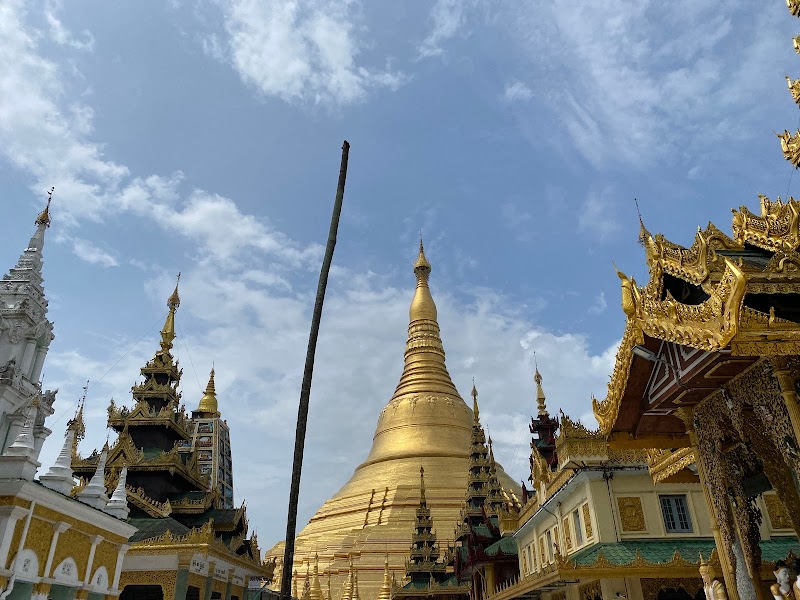Well worth a visit if you are in the city. Give yourself 2-3 hours to explore.
The 7 Biggest Cultural Site in Yangon


Well worth a visit if you are in the city. Give yourself 2-3 hours to explore.

Many of the luxury hotels in Mandalay have swimming pools that are open to non-guests for a fee. This is..
Thank you for taking the time to read our article. For more in-depth reviews and comprehensive ratings on the Water..
3. Yadanarpon Paradise: Situated in Dekkhinathiri Township, Yadanarpon Paradise is a well-maintained water park with a range of attractions for..
Explore prominent consulting firms in neighboring countries, such as those referenced in Yangon, Naypyidaw and Malacca City, to gain insights..